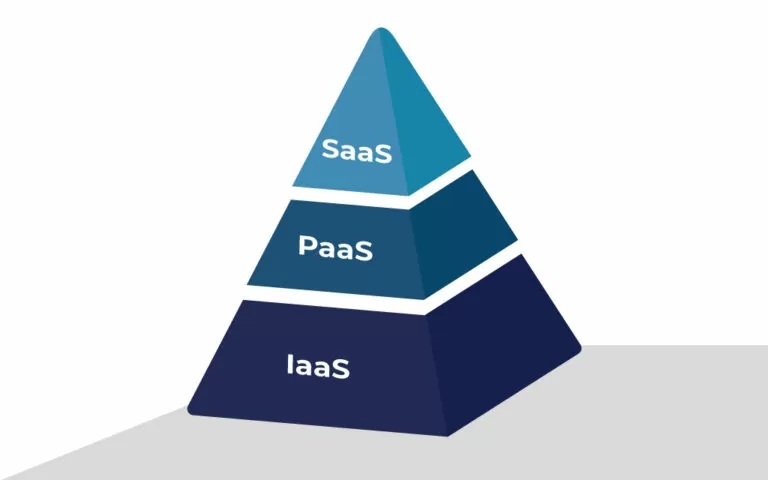
There are several models of cloud computing services, and Platform as a Service (PaaS) is one of them. Others include Software as a Service (SaaS) and Infrastructure as a Service (IaaS). All of them can be used independently or as layers of a stack.
These three service models (IaaS, PaaS and SaaS) can be understood as standard services offered by cloud computing providers; of course, a cloud service provider does not necessarily have to be a PaaS provider.
The role of Platform as a Service in cloud computing is vital and ever-growing, as is the importance of cloud infrastructure, cloud migration, or cloud services in general. However, PaaS itself offers so many benefits that it can bring to both the software development environment and the companies that use it, that it's definitely worth putting it in the spotlight.
Cloud-based toolset that allows developers to manage certain services within parts of development projects without focusing on the entire infrastructure - here's how we can see the PaaS. By enabling companies to automate back-end processes, the PaaS it is appropriate for cases where serverless computing is in use.
What's crucial is that PaaS originally it was supposed to make "infrastructure and operations developers forget" so they could concentrate on writing the code and discard the "messy and demanding work of IT plumbing." The latter had to be taken care of by the provider PaaS.
And what does this help look like in real life?
A supplier PaaS it simply provides ready-to-use solutions, such as software development kits or application development and management tools, and hosts the hardware and software using its own infrastructure. Companies leveraging third-party PaaS can simply redirect their resources to other areas and deploy applications faster and easier.
Interestingly, there are some variations as well PaaS in the market, including Integration Platform as a Service (iPaaS) e Data Platform as a Service (dPaaS) which are used as data delivery models by data management and integration service providers. Also, sometimes they stand out one Mobile Platform as a Service (mPaaS, also known as Mobile PaaS) and one Application Platform as a Service (aPaaS).
There are numerous advantages of adopting PaaS, for the software development area and in the activity of web or application distribution.
What developers often praise PaaS for are, for example:
And what many customers or businesses get by using the services provided by PaaS providers is the ability to:
The role of PaaS in cloud computing is truly impressive as it allows various development teams to do their work faster, in a more standardized way, and with reduced operational and security risks, by providing some pre-built solutions or other useful development tools.
Il servizio PaaS allows developers some ready-to-use programming language components, without the need to focus on infrastructure management based on individually licensed products. By taking advantage of these solutions, modern businesses can publish and manage websites or web apps in a better and easier way.
Of course, the service models offered by cloud computing providers (PaaS, IaaS, SaaS) should not be confused with deployment models, which include public cloud, private cloud, hybrid cloud but also community cloud, multi-cloud, polycloud, big data clouds, distributed cloud and other less popular solutions. However, there are types of PaaS reflecting this division of public, private and hybrid cloud, with applications for public cloud services being where it all started.
Ercole Palmeri: Innovation addicted
Google DeepMind is introducing an improved version of its artificial intelligence model. The new improved model provides not only…
Laravel, famous for its elegant syntax and powerful features, also provides a solid foundation for modular architecture. There…
Cisco and Splunk are helping customers accelerate their journey to the Security Operations Center (SOC) of the future with…
Ransomware has dominated the news for the last two years. Most people are well aware that attacks…
An ophthalmoplasty operation using the Apple Vision Pro commercial viewer was performed at the Catania Polyclinic…
Developing fine motor skills through coloring prepares children for more complex skills like writing. To color…
The naval sector is a true global economic power, which has navigated towards a 150 billion market...
Last Monday, the Financial Times announced a deal with OpenAI. FT licenses its world-class journalism…